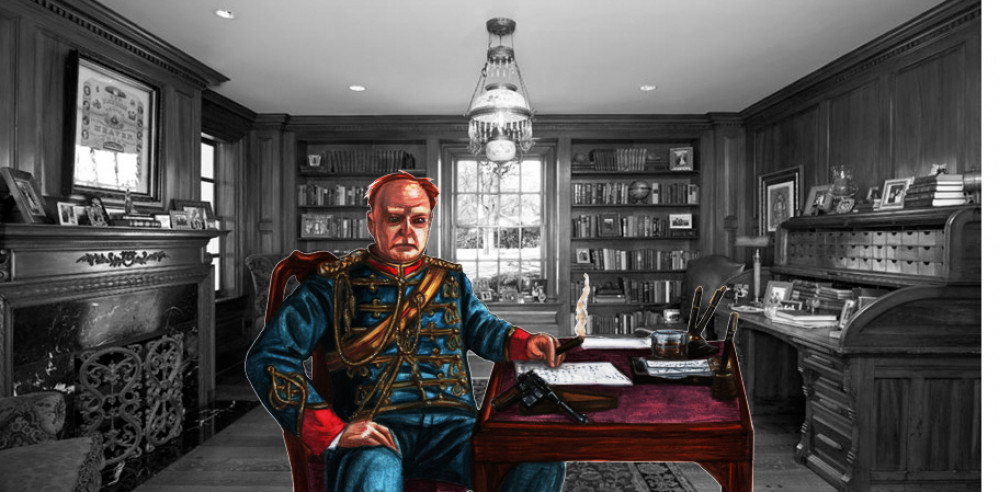
PanzerKaput's Illustrations
The Socialists and the Left Wing, Part Two
Continuing with my visit to the world of 1938 A Very British Civil War amd the second part of the Left and People’s Armies.
The Communist Party of Great Britain’s Forces
The Communist Party of Great Britain (CPGB) were the British section of the Communist International (Comintern) based in Moscow. This link brought both advantages and disadvantages. The fighting forces lead by the Communist Party of Great Britain had access to the military expertise of the international communist movement including the recently bloodied International Brigades, and to the military resources of the Soviet Union. Thus only the Communists were able to create field forces capable of meeting the British Union of Fascists Legions or regular forces loyal to king Edward VIII. The communist forces thus became a home for non-Communists who wished to take the fight to the enemy and recruitment soared.
However, the subordination to the Comintern meant that other anti-fascist factions were deeply suspicious of their activities and motives; the recent experience of the Spanish Civil War sowed doubt in the minds of the Communist Party of Great Britain’s potential allies. The emphasis placed on discipline and political conformity meant that while the Communist forces were the most conventionally military in appearance and organisation, the fear that they served a foreign authoritarian power reduced their appeal.
Militarily, the Communist had a long experience of fighting fascists. With the formation of the Mosley Government, the Communist’s moved to forming fighting squads of party members and supporters; comrades and friends in contemporary Communist Party of Great Britain jargon. The fighting squads were armed in the usual ad-hoc manner, until arms supplies from the Soviet Union began to enter Britain via the ports, including Liverpool, Portsmouth and Whitby, effectively controlled by the Popular Front forces.
These early squads were mixed gendered and were large sections about 20 strong, commanded by an Officer and Non Commissioned Officers appointed by the Party and supported by a Political Commissar; there was no nonsense about elected officers in the Communist Party of Great Britain forces. The commissars were a combination of welfare officer for the troops and political enforcer of the Party Line. The squads were reasonably effective in both attack and defence, but somehow seemed to lack the dogged defensive spirit of the Workers Defence Corps or the reckless abandon of the Worker’s Army. Their critics said they lacked initiative and would not act without central direction from the Party.
People’s Assault Columns
As the crisis deepened the Comintern decided to develop forces in Britain capable of waging mobile, attacking warfare. In November 1938 the English-speaking remnants of the International Brigades that had been withdrawn from Spain in October were redirected to Britain and, reinforced with fresh arms and equipment from the USSR and new recruits, became the core of the People’s Assault Columns. British recruits were formed into similar columns, which became the best equipped and uniformed of the left’s forces.
The appearance of the columns was self-consciously military. Not for them the bohemian look of the Worker’s Army or the armed civilian style of the Defence Corps. Taking their lead from the International Brigades, khaki uniforms were acquired from around the world, complete with overcoats, berets or side caps, steel helmets from a number of sources, while officers and commissars wore black or brown leather jackets in a variety of styles. Women were excluded from the ranks. Each battalion had its own standard, which was presented at a ceremonial parade. Of all the left forces, only recruits to the Assault Columns were taught drill. While not the Brigade of Guards, the Columns were identifiably regular soldiers, as understood in the 1930s.
Organised along the lines of the International Brigades, with clear rank and command structures, including Commissars, the Assault Columns consisted of three or four companies per battalion with three or four battalions per column. Often one ex-International Brigade battalion would be brigaded with two or three new British battalions. At Column level, Soviet advisers discretely gave advice and ensured that the interests of the USSR were never forgotten. Artillery usually consisted of mortar sections at Battalion level, while motorised transport consisted of a mix of commandeered commercial vehicles. However, this was far superior to the rest of the left’s forces.
Tanks were supplied by the Soviet Union, never in great numbers and crewed by Red Army personnel. The T26 and BT5’s supplied were formed into sections of three with three sections per platoon. These platoons were seen as strategic assets and were allocated to offensives as and when needed; the agreement of the “Comrade-Adviser” was always needed before their deployment. Given the ad-hoc nature of the Crown’s forces, and the quality of British produced Armoured Fighting Vehicles in this period, the Assault Column’s armour and Soviet anti-tank artillery, were formidable opponents.































![TerrainFest 2024 Begins! Build Terrain With OnTableTop & Win A £300 Prize! [Extended!]](https://images.beastsofwar.com/2024/10/TerrainFEST-2024-Social-Media-Post-Square-225-127.jpg)
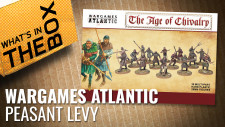
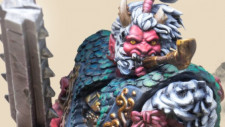
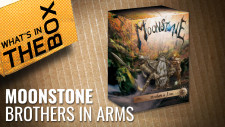






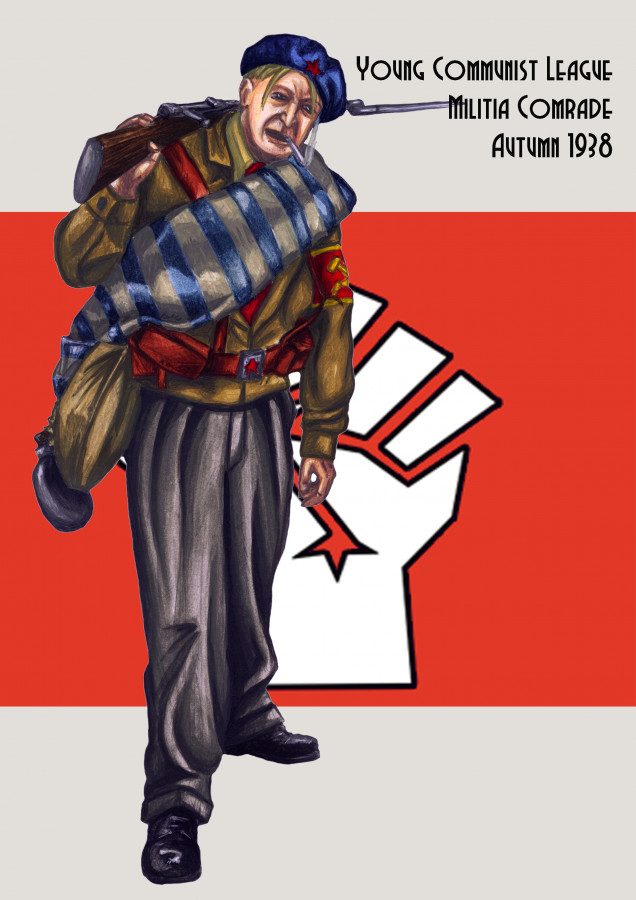
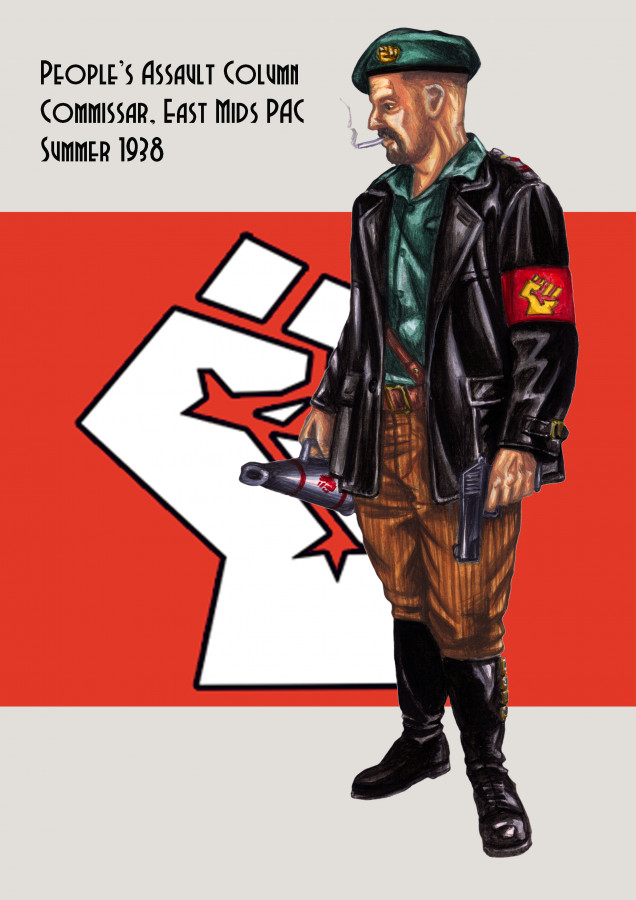


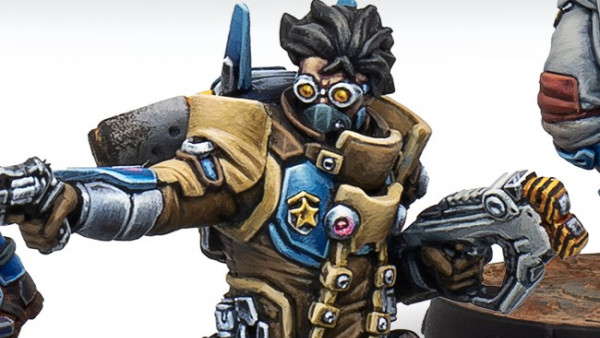
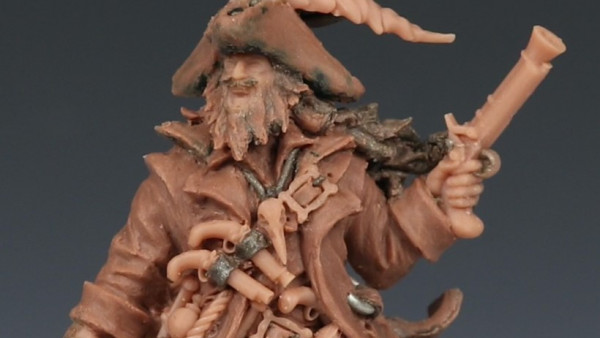
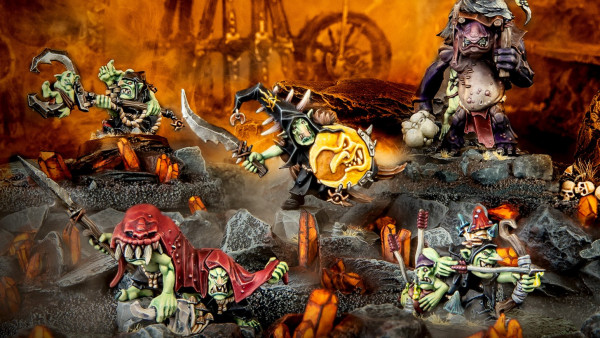
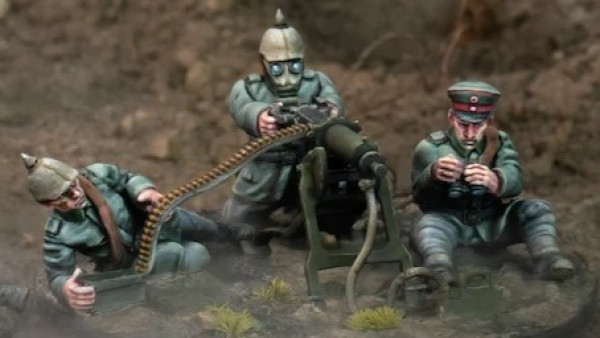
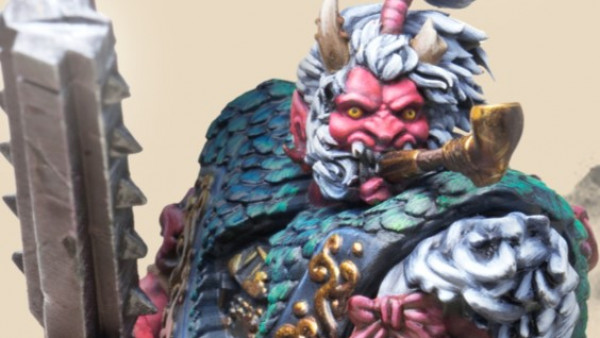
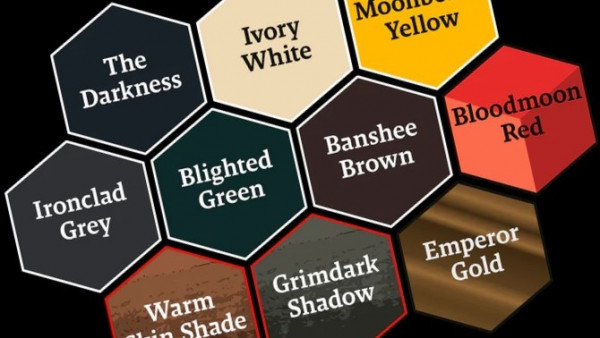
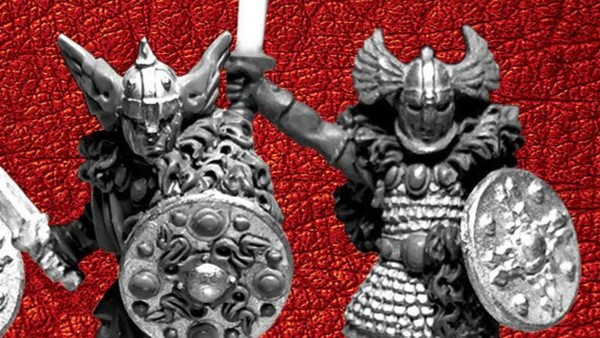

















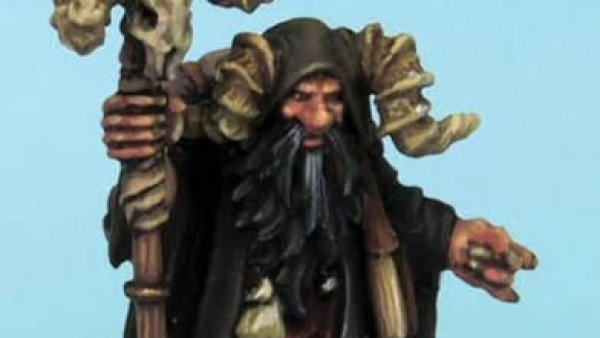
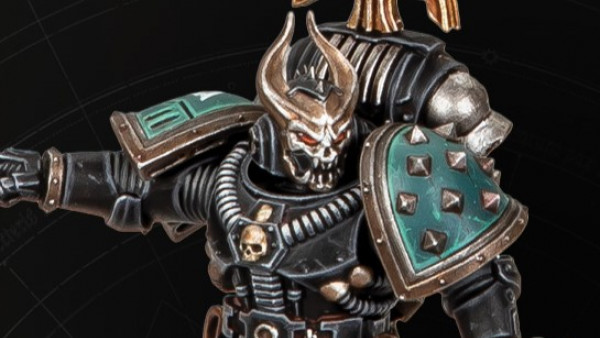
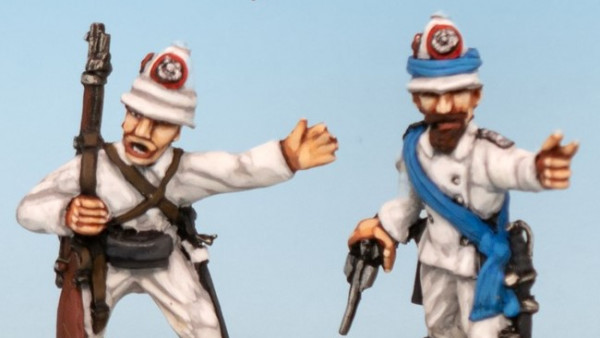
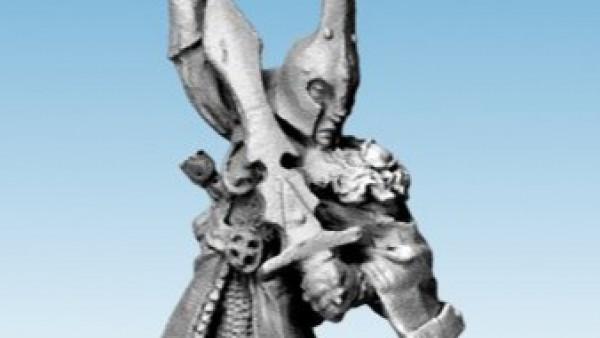
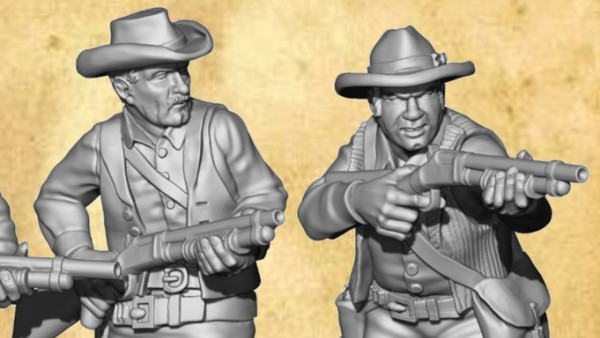


Leave a Reply